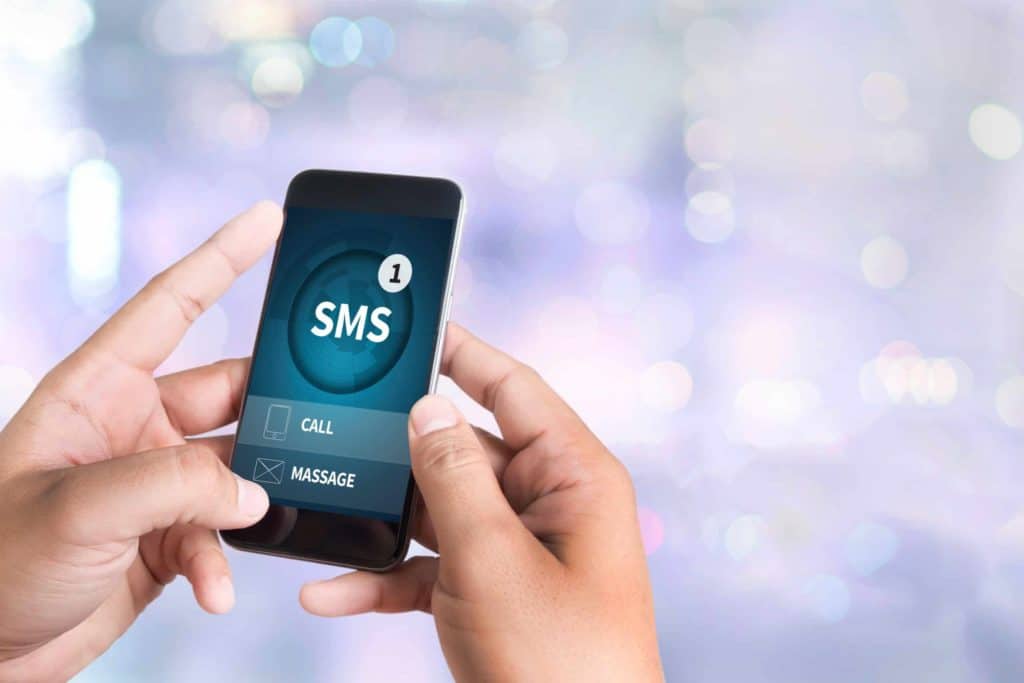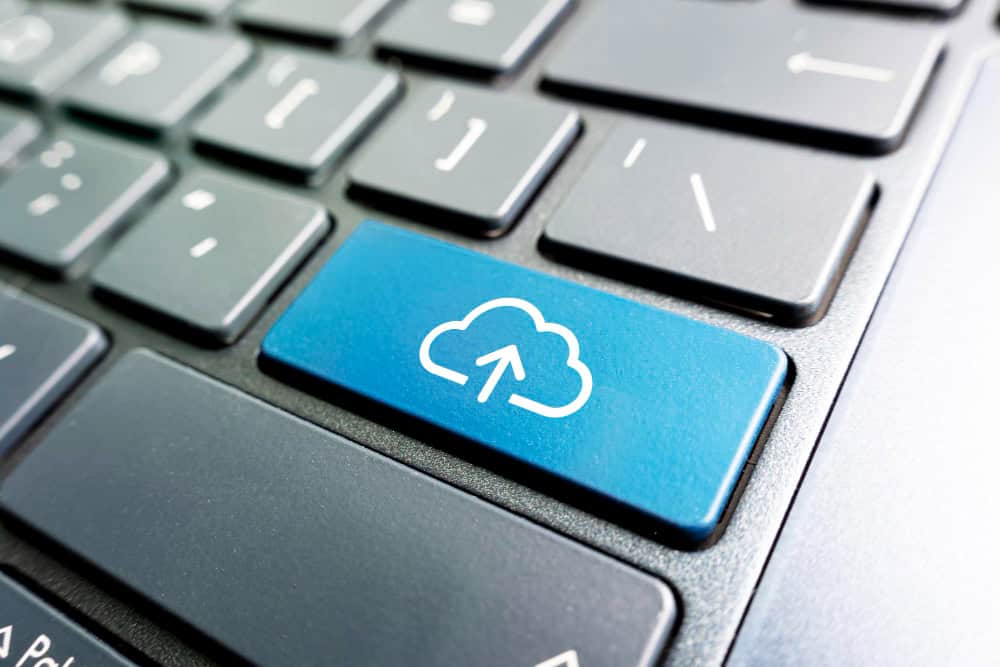Table of Contents
ToggleWhat is USSD? USSD, also known as Unstructured Supplementary Service Data, can be defined as a protocol for a global system for mobile communications that enables you to send text messages. It works similarly in function and purpose as SMS, but has some notable differences like it can be used on any type of phone or messaging app. USSD provides several opportunities for Telcos and businesses to better target and reach their various customer bases. To take full advantage of USSD and all that it offers, Telcos and businesses need to ensure that they have the correct solutions and technology in place. We deep dive into what is USSD and the benefits that USSD offers below.

Understanding what is USSD
USSD is short for “Unstructured Supplementary Service Data” and is a real-time interaction service that allows your business to display text on a user’s handset. It is a mobile communication technology that is used around the world to send text between a mobile phone and an application in the network. USSD is most commonly used by consumers to check available mobile airtime and conduct data balance enquiries, or in mobile marketing competitions.
Many liken USSD toShort Message Service (SMS), but the two are very different. SMS’s can be stored on a phone and are not interactive, while USSD is interactive and cannot be stored. USSD, in simple terms, is a transaction while SMS is a message. USSD works in real-time, while SMS is merely a text message that is delivered to a mobile phone.
According to GSMA’s 2021 Mobile Economy report, there will be nearly half a billion new subscribers by 2025 with nearly two thirds of these coming from Asia Pacific and Sub-Saharan Africa. Smartphone adoption within the Sub-Saharan market is also expected to jump from 48% in 2020 to 64% in 2025. This increase in mobile adoption and penetration provides an opportunity for USSD to make an impact, especially in sub-Saharan Africa.
This is largely due to the simplicity of this technology. USSD does not require an internet connection to work, and it is supported by most mobile phones without the need for processing hardware which is essential for smartphone platforms like Android and iOS. In this way, USSD enhances inclusivity and communication, especially in emerging markets in Sub-Saharan Africa, including Nigeria, Ethiopia, DRC, Tanzania, and where USSD applications such as M-Pesa have transformed the financial sector and financial services with USSD banking.
The opportunities do not end there for businesses and Telcos, especially when examining how USSD can be utilised to drive revenue, connect with customers, and enhance convenience. We explore this in more detail below.

What can USSD do for business?
Now that we know what is USSD, we know that it is easy to use, does not require sophisticated technology, and is cheaper than most communication platforms. But there are even more benefits which include:
Benefits of USSD
- Does not require an internet connection or data to work.
- Reduces operating costs when it works as a self-service application for your customers.
- Enhanced customer satisfaction when you give them the ability to serve themselves.
- It works with just about every mobile phone.
- Works globally.
- Intuitive menu with real-time interactivity.
- Very economical.
- Two-way communication is up to seven times faster than SMS.
All in all, USSD works on just about any mobile phone, whether it’s a cheap, or expensive smartphone. It’s free for your clients to use, and cost-effective for businesses. It does not require data to work, and all it needs to operate is a connection to the GSM (Global System for Mobile Communications) network. You may be wondering how businesses are using this transactional service for their clients and the answers lie in the below examples:
How can businesses use it?
- Mobile Financial services like Mobile banking because it works on any mobile device at low cost.
- Menus and requests – users can purchase airtime, data, or request account balances.
- Updating customer information – integrate USSD with your ERP or CRM software to request updated information.
- Send surveys or questionnaires for cost-effective and reliable customer feedback.
- Use USSD in competitions or other marketing activities like vouchers and coupons.
- Order confirmation and tracking on online purchases.
What can USSD do for Telco customers and the Telco Business?

As mentioned earlier, USSD is a transaction and interactive menu-based application. This often involves a query-generated process where a mobile subscriber creates an enquiry. An example would be an account balance enquiry, balance checking or to top-up airtime or data. The subscriber will request this option from the transaction menu and from there, the request will be sent via a USSD gateway to the USSD application. The application will then respond to the request and provide the information required through the USSD gateway to the subscriber.
These kinds of USSD applications allow a Telco to provide their subscriber base with:
- Self-help services that are fast, accessible, and efficient to use.
- A way to find out information related to their mobile subscription without needing an internet connection, data, or funds by allowing for two-way communication of information.
- A way to give customer feedback on queries.
- Access to Facebook and Whatsapp via USSD, so that their users do not need internet access to connect to the basics.

This service allows Telcos to also take full advantage of opportunities to enhance revenue and profitability through:
- Mobile advertising – Mobile advertising has shown to be very effective when used in medium combinations. USSD offers superior reach, specifically to lower markets, as it does not require an internet connection to work and is interactive.
- Competitions – Running competitions that work with USSD and social media, has proven popular because USSD codes offer simplicity for potential clients to enter the competition, so USSD provides reach to people you wouldn’t otherwise have engaged with.
- Chat and social networking – USSD apps can facilitate two-way communication, without the need for data, for chat and social networking. USSD chat and social networking combine instant messaging and social networking as one service for subscribers, filling the need for basic instant messaging and social media applications to stay in touch and connected with their communities.
- Request for info – Used with other advertising mediums, USSD can be used as a call to action. The user makes use of the USSD code and follows the appropriate prompts if they are genuinely interested. The result is no time wasted with unnecessary communication with people who are just curious but will not end up buying.
- Please Call Me messages – Using a USSD code, users can send a “Please Call Me” message to another person or in a marketing campaign. In addition, the service can be monetised by using adverts after the message is sent.
- Coupons and vouchers – An excellent method of acquiring new customers is with coupons or vouchers that offer free services or discounts. For example, when looking to migrate a customer from the 4G to 5G network, Telcos can utilise USSD vouchers and special offers to provide customers with a voucher code or opportunity to try the new network.
- Surveys – Using USSD, Telcos can SMS an invitation to participate in a survey, either to their entire user base or by using email marketing segmentation. Surveys can offer feedback from customers, or they can be used to obtain pertinent information for new products or services. USSD surveys effectively collect responses that enable Telcos to make better decisions and more effective marketing campaigns.
- Personalised messaging – USSD content can be personalised according to the information the user has entered. If requested, dropped sessions can be picked up wherever they left off.

These USSD features fulfill many different Telco business objectives and needs. These include:
- Maximum customer reach – USSD works on all GSM standard mobile phones. Since no smartphone is required, you are guaranteed to reach a wider audience as not everyone owns a smartphone, especially those in emerging regions.
- Accessibility across networks – USSD can work across all mobile networks as the application only needs a connection to the GSM network, which is a global system, to work for mobile communications as it is not mobile or SIM card based.
- High customisation – You can build different USSD applications to target your unique customer segment needs and requirements.
- Enhanced customer experience – USSD is highly interactive, and the fast messaging allows subscribers to get the information they need fast, efficiently, and anytime from anywhere. It also provides ease of use.
- Cost-effectiveness – a USSD application is extremely cost-effective to run and is a free service that subscribers can use, enhancing customer experience.
USSD enabled by NextGen v.Services
There is no doubt that there are several significant benefits of utilising a USSD application for businesses and Telcos. To take advantage of all the opportunities and benefits mentioned above, you must have the right technology and infrastructure in place, like Adapt IT’s NextGen v.Services Unstructured Supplementary Service Data (USSD) Gateway.
This NextGen v.Services USSD Gateway allows for real-time interaction and two-way communication with your customers enabling you to fulfil their need for information efficiently, fast and effectively. This is made possible by the following features:

- USSD Menu Builder – allows all locally hosted USSD menus to be created, viewed, and modified from this fully dynamic web-based interface.
- USSD Rating Engine – which is supported by multiple USSD Gateway mechanisms. This allows for event-based rating, enabling subscribers to be billed once they reach a specific, predefined point in the USSD menu tree. If the menu entry point is used, this effectively becomes session-based charging. It allows for time-based rating in which subscribers will be billed based on the duration of their sessions. This rating measure involves the reservation of funds, plus a commit and refund process. The reservation amount and charging interval can be configured. It also allows for premium ratings. Once subscribers reach a predefined point in the USSD menu, a premium rate can be applied. This can be put into effect by allowing authorised WASPs to return a flag to the gateway once the subscriber reaches that point.
- Advertising Engine – USSD offers superior reach for advertising campaigns, especially in emerging markets, as it does not require any data or internet connection to work. This highly interactive engagement advertising platform is cost-effective and allows you to be more targeted in your marketing approach – reaching the right customers at the right time.
- Please Call Me – This feature is part of our value-added solutions which enables a user to send free SMS messages to a recipient to call them. This solution is customisable and available through a USSD menu. This service can also be monetised.

The above features make it possible for Telcos to take advantage of the opportunities that USSD applications provide which includes:
- Quick, simple service creation that brings faster two-way communication and messaging to users and creates a single real-time session between the handset and user.
- Providing 100% market coverage by targeting customers across networks and handsets and enabling services that can be accessed from anywhere, at any time on any mobile device.
- Versatility in terms of use. The scalable architecture of this platform can be used across applications such as mobile banking, rechargeable services, marketing campaigns, competitions and more.
- Allowing for customisation and scalability that enables you, as a Telco, to deliver targeted services and engage with your customers seamlessly.
- Offering monitoring and measurement of services and campaigns which allow you to determine and measure its success. Effortlessly access analytics and insights to make informed decisions on future activities, services, and offerings.
Conclusion
From the above, it is clear that USSD solutions like Adapt IT’s NextGen v.Services USSD Gateway provide several benefits to Telcos and businesses. These include creating two-way communication with customers, offering them more efficient services and methods of gaining information, maximising customer reach, and enabling the effective targeting of customers. These elements positively enhance customer experience and service levels which significantly reduce customer churn and increase profitability. We expect to see this technology transform and evolve in the coming years, especially where emerging markets are concerned. For more on our USSD Gateway, download our NextGen v.Services White Paper here.

Add Value To Your End Users
Explore the intricate details of NextGen v.Services and how It provides a future-proofed, cloud-ready solution that can adapt to digital transformation trends and facilitates fast and convenient implementation of new services.

Steven Sutherland experienced Adapt IT Divisional Executive, dynamic business leader for their Telecoms Division with a demonstrated 25-year history in the telecommunications and IoT sectors. Strong global marketing, sales, and business development professional with 15 plus years focused experience in the Southern and Rest-of-Africa markets and a unique blend of entrepreneurial spirit combined with a passion for both technology and business.
At Adapt IT Steven is responsible for building and growing the Telecoms Division on top of its industry-proven software competencies including but not limited to Customer Experience and Self Service, NextGen VAS, IoT, FINTECH, and Advanced Analytics. Steven is always looking forward to an opportunity to demonstrate the value that his 20 plus years of experience in these disciplines can bring to your business




